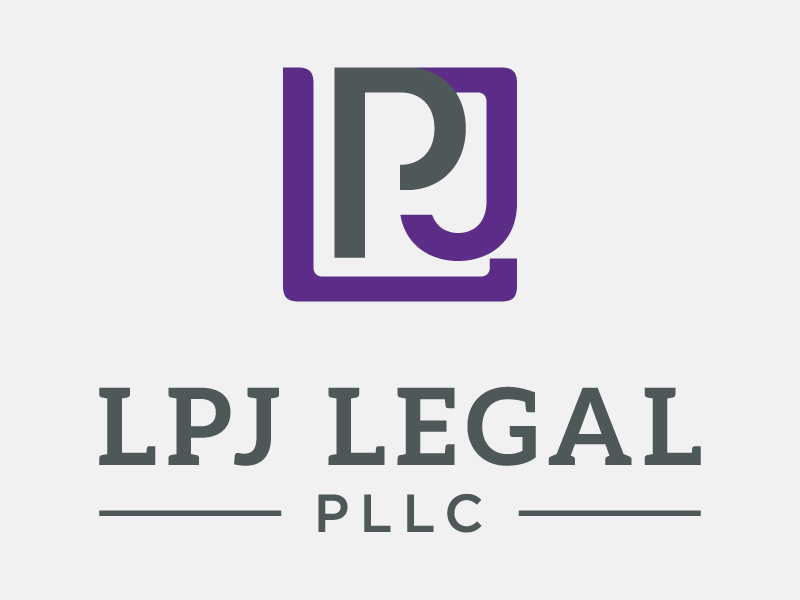On October 1st the RRSA went into effect, introducing several new laws primarily designed to benefit Maryland tenants.
HIGHLIGHTS: The RRSA includes Maryland’s premiere statewide law to grant tenants the first right of refusal when a landlord plans to sell their property, giving them an exclusive time period to purchase before third-party buyers are contacted. Additionally, the RRSA has reduced the maximum allowable security deposit across Maryland, raised the cost of evictions for landlords, and established a new government office dedicated to providing tenants with easy access to laws and other essential information.
Below is an overview of everything the RRSA has accomplished. For more information on the 2024 RRSA, visit dhcd.maryland.gov/landlord-tenant-rights.
Are you a landlord? To schedule your consultation and ensure that you are in compliance with these new MD laws, visit the LPJ Legal website, or call us at 202-643-6211.
For all of your real estate law needs, LPJ Legal offers a full spectrum of residential and commercial legal services, including managing purchase agreements, the drafting of residential leases, residential tenant disputes, contract disputes, and Homeowner’s Association (HOA) issues. We proudly assist clients in MD, VA, DC, and GA. To schedule your consultation and ensure that you are in compliance with these new MD laws, please visit our website, or call us at 202-643-6211.
Renters’ Rights and Stabilization Act (RRSA) Overview
1. The Office of Tenant and Landlord Affairs, within the Maryland Department of Housing and Community Development (DHCD)
- The Office of Tenant and Landlord Affairs will serve as a go-between and formal space for tenants to voice concerns that they have with landlords. It will also be a resource to help tenants understand and navigate the legalities of landlord-tenant issues, aimed at leveling the playing field when these disputes get contentious.
- The office can also provide tenants with basic credit counseling or financial counseling.
MARYLAND TENANTS: You should contact the Office of Tenant and Landlord Affairs if you feel you have been discriminated against, feel your landlord is breaking the law, or if you are looking for clarity around the rights and protections of Maryland tenants.
LANDLORD TENANT AFFAIRS OFFICE
1401 Rockville Pike #400, Rockville, MD 20852
(240) 777-0311
2. Tenant Exclusive Negotiation Period
- The establishment of the Tenant Exclusive Negotiation Period ensures that in the event that a landlord wishes to sell a property being rented, the landlord must allow the tenant a 30-day period in which they are allowed to make the first offer of purchase. This 30-day negotiation period must occur before the landlord may offer to sell the property to any third-party buyer.
3. Right of First Refusal
- Like the Tenant Exclusive Negotiation Period, the Right of First Refusal has been designed to give tenants the first swing at a real estate purchase. If a landlord receives a purchase offer for a property occupied by a tenant, and that offer is at least 10% lower than the lowest price the tenant was offered during the Exclusive Negotiation Period, the landlord must give the tenant a chance to match the offer, thereby preventing the sale to the third party.
4. Evictions, Security Deposits, and Other Fees
Eviction fees, small claims filing fees, and the surcharge for Circuit Court civil cases have all increased:
Failure-To-Pay-Rent eviction case fee: $50, including a $43 surcharge
Breach of Lease Eviction case fee: $56, including a $28 surcharge
Other case fee increases:
The District Court civil case surcharge has increased to $28
The Circuit Court civil case surcharge has increased to $85
- It has also been made more difficult for a landlord to require a tenant to pay the filing fees in an eviction case – these fees can only be passed through to tenants if a judgment of possession is granted to the landlord, AND the lease states that the landlord may deduct these fees from the tenant’s security deposit. Otherwise, the landlord is responsible for all filing fees.
- Security deposits are also decreasing – Starting in October, security deposits may not be more than one month’s rent. This is a 50% decrease to the previous maximum of two month’s rent. However, if tenants qualify for utility assistance through the Maryland Department of Human Services, then the security deposit maximum will remain at 2 months rent.
5. Creation of the Tenants’ Bill of Rights
- The Tenants’ Bill of Rights will be a summary of the existing rights and laws governing tenants, including those announced in the October 2024 RRSA. This bill will serve as a place where all laws can be found, read, and understood, reducing confusion.
- Starting on October 1, 2024, landlords will be required to attach a copy of the Tenants Bill of Rights to any new residential lease.
6. Data Collection
- Data related to the Tenant Exclusive Negotiation Period, Right of First Refusal, and evictions will now be required to be made publicly available by the Department of Housing and Community Development.
Are you a landlord? To schedule your consultation and ensure that you are in compliance with these new MD laws, visit the LPJ Legal website, or call us at 202-643-6211.
For all of your real estate law needs, LPJ Legal offers a full spectrum of residential and commercial legal services, including managing purchase agreements, the drafting of residential leases, residential tenant disputes, contract disputes, and Homeowner’s Association (HOA) issues. We proudly assist clients in MD, VA, DC, and GA. To schedule your consultation, please visit our website, or call us at 202-643-6211.



